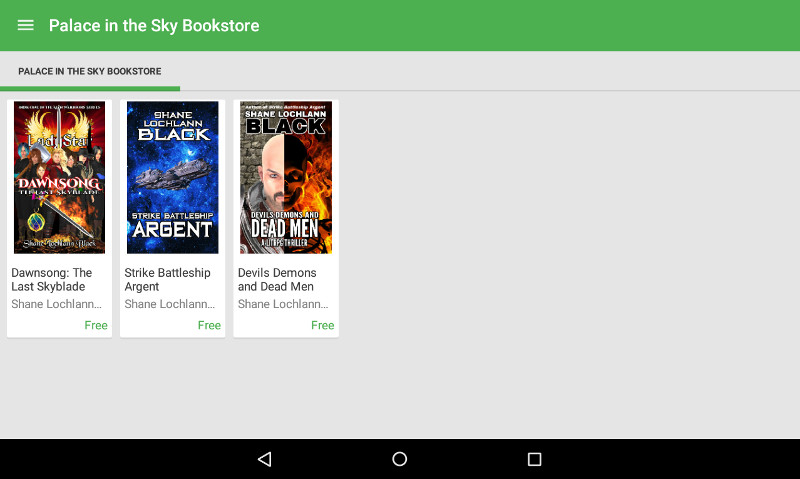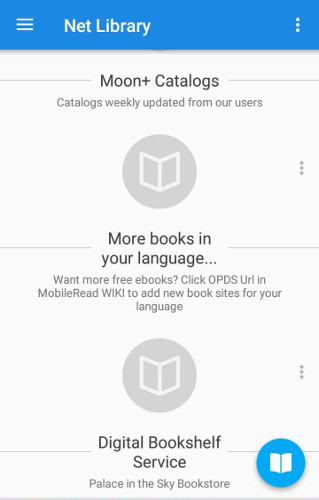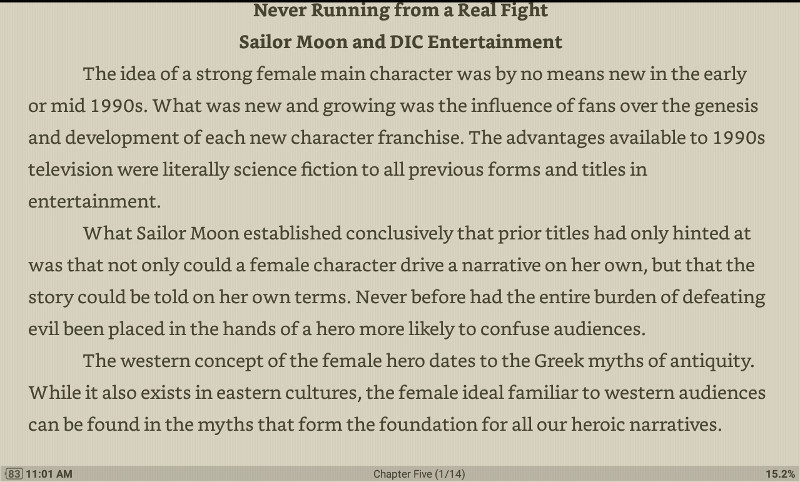The proper balance between illustrations and words has been a controversial topic for writers for some time. As authors, we rely on words to communicate, and to the extent we need illustrations, we limit them to book covers.
There is a reason for this. Imagery, animation, illustration work, and getting the look of something right is almost as time-consuming as getting the story right. As authors we end up with a trade-off. Either we spend hours making what will never be better than an amateur illustration combined with an amateur attempt at compositing typography and effects, or we spend that extra time working on the words.
The old cliche “a picture is worth a thousand words” isn’t quite accurate. A picture is worth more like half a day and at least one derailed train of thought, and for me, that can add up to more like six thousand words. That’s ten percent of a medium-length novel, and that can be expensive. Really expensive.
I’m fond of saying I have an unlimited special effects budget. But I only have that if I stick to my knitting. The very moment I open Photoshop or GIMP or whatever, the limits on my special effects budget become overwhelmingly apparent, and the limits on the time I have to fiddle and adjust and tinker become even more apparent. Every hour I spend on that illustration is 1500 words I didn’t get written today.
As authors go, I’m relatively experienced with graphics tools. I know GIMP and Photoshop well. I’m a fair to middling Blender user, and I’ve got journeyman skills with the tools in the Adobe Suite. I’ve had to develop those skills over the years as I’ve worked on video game projects, animated ads, audiocast projects and so forth.
But now, my business is books, and if I’m going to be good at something, it’s going to have to be writing and not gee-whiz graphics. I’m well aware of what happens when you overspend on graphics and underspend on script.
So on to the sourcebooks. You might ask what a sourcebook is? Well, it’s where I gather all the information that doesn’t necessarily make it into a story as is. It’s where, for example, I list things like a character’s favorite school subject, or a fighter pilot’s most prestigious accomplishment or award. It’s where I take what is two-dimensional and make it three-dimensional. It’s where I find out who a character really is before they get to that important scene readers care about most.
The sourcebook is where I describe all the creatures in a fantasy story, or all the enemy starships in a science-fiction story. I also build maps (without graphics, believe it or not) and name all the locations on various planets or realms where adventures take place. Readers appreciate it when stories get their own details right from chapter to chapter.
You would be surprised at just how much source material you can produce writing a 98,000-word fantasy novel. Every character has to be accounted for. Every treasure and creature has to be written before they can be included in the story. I have a list of nearly 100 starships in my Captain Jason Hunter series. It’s nice to be able to look up their names instead of trying to keep them all straight by re-reading previous chapters.
One of the most popular features of some of my past web sites have been the character profile pages for my LadyStar warriors. My Featured Creatures™ have also been popular, and I think some of the source material I’ve composed for Starships at War will be interesting for readers too. The thing is, those past sites had tons of graphics, which are among the things I can no longer produce in the quantities I need.
I want to start putting my sourcebook material up on my site, but I don’t have the time or the budget to illustrate it all. Naturally, I already have most of it written, but with thousands of pages of material, there is no way I can generate graphics in that kind of volume. There’s also the issue of mobile readers. Even if I could get the illustrations done, making them look right on desktops and mobile devices will consume incredible intervals of time I should be investing in new chapters and new stories.
So I have to make the trade-off and sacrifice graphics in favor of words. This is fine with me as an author because I’d much rather write my creations. I’m sure some readers will be disappointed I won’t have a pretty picture to go with each page. Perhaps someday I will find an artist to illustrate what I’ve imagined here and have the budget to do it well. In the meantime, I hope you’ll understand if I go easy on the multimedia extravaganza so I can get everything written that needs to be written.
Look for new material from my sourcebooks soon. Black out.
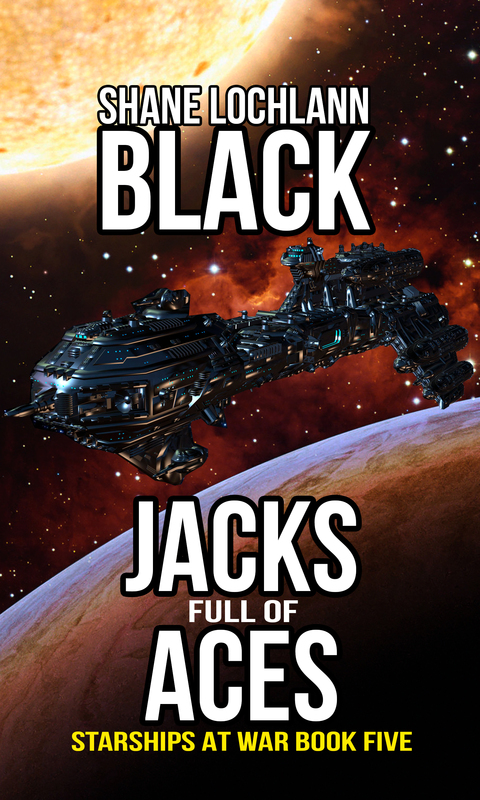 If you’ve been following the series, you’ll get the pun in the title.
If you’ve been following the series, you’ll get the pun in the title.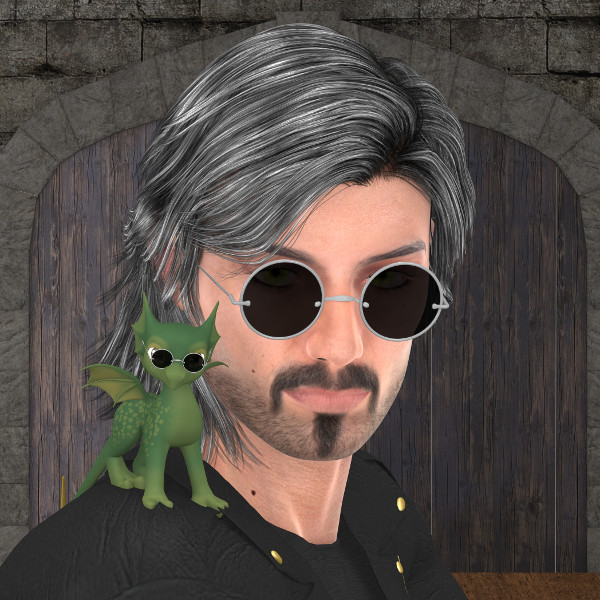
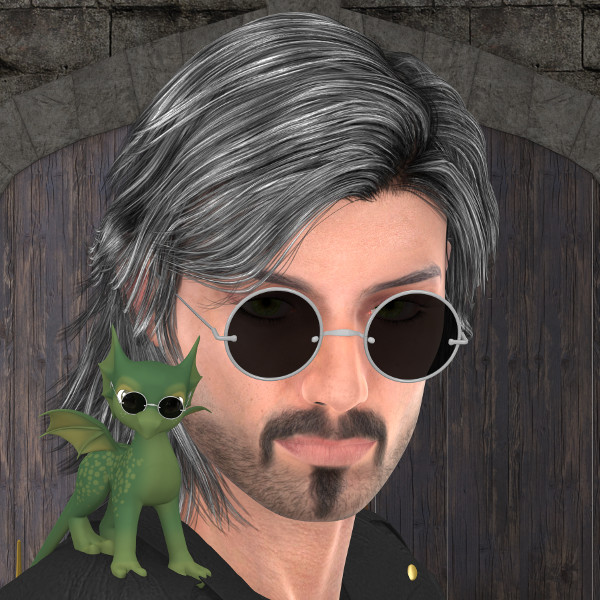 Memorandum to the WordPress developers:
Memorandum to the WordPress developers: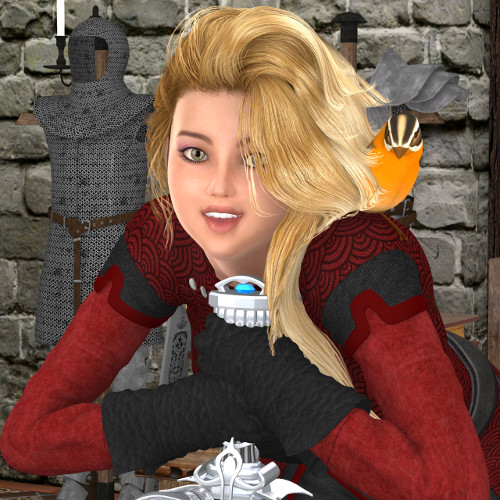 Long ago, when the Internet was very different from what it is today, there were more than a few destinations that had lists they called “The Site of the Day.” This was how we discovered things like the live coffee maker camera and Zombo.com before social media and search engines.
Long ago, when the Internet was very different from what it is today, there were more than a few destinations that had lists they called “The Site of the Day.” This was how we discovered things like the live coffee maker camera and Zombo.com before social media and search engines.
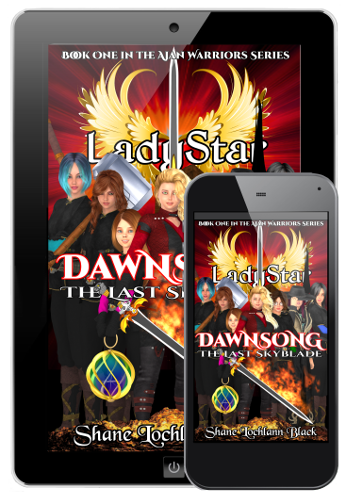
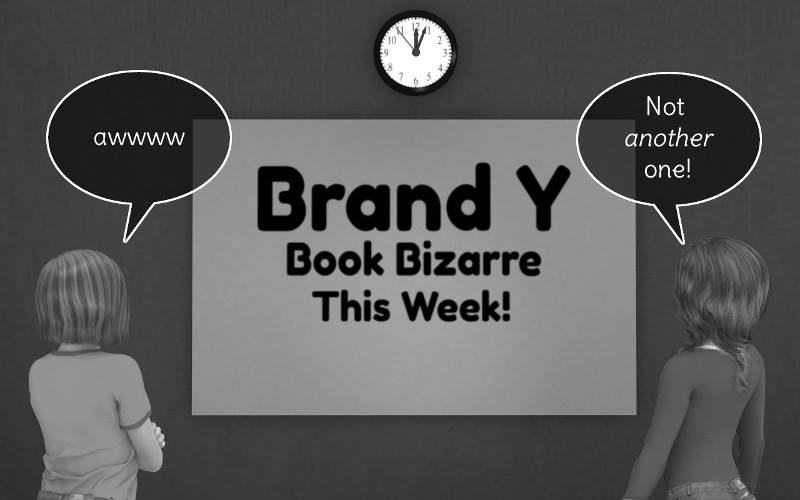
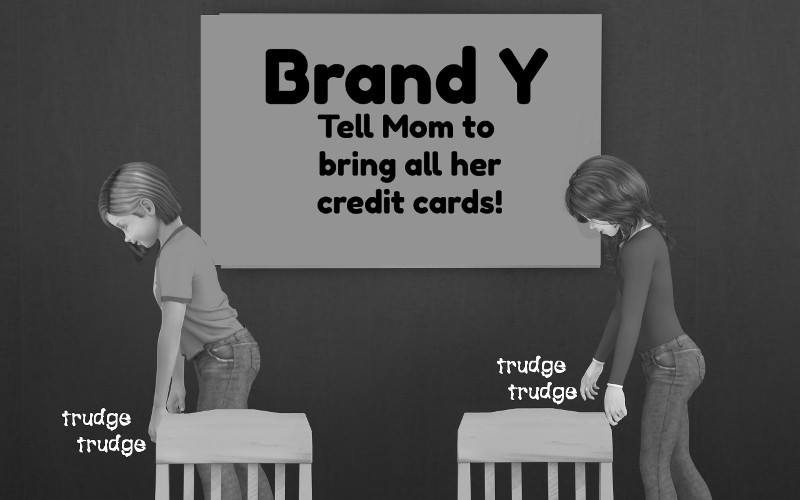
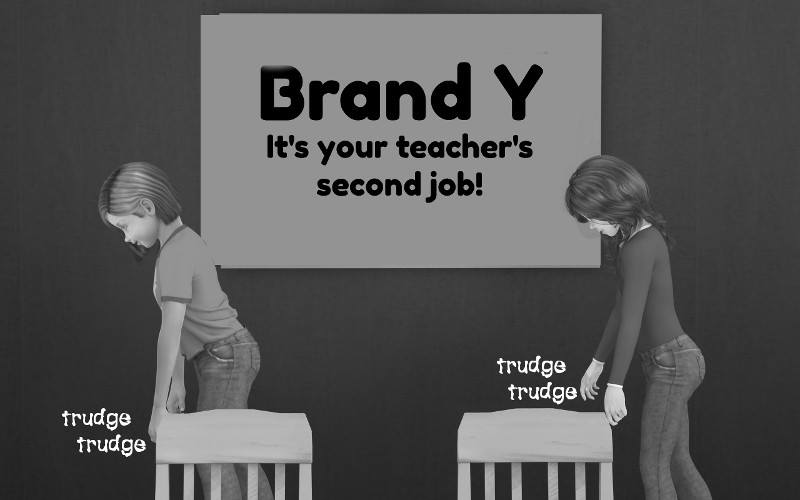
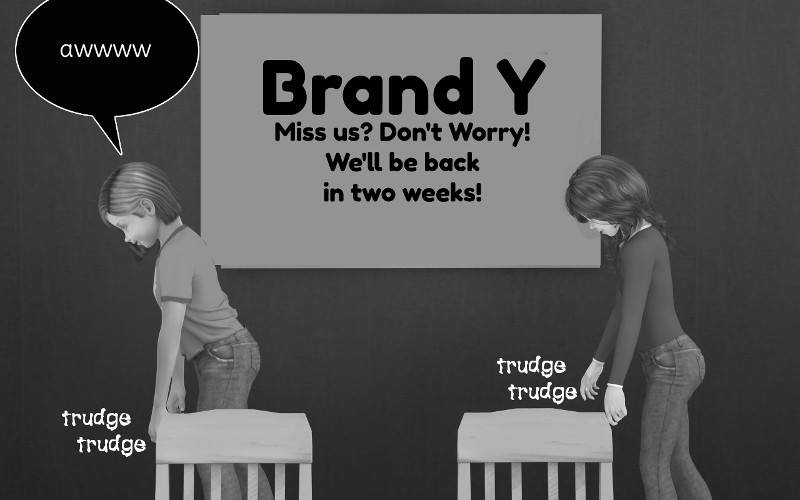
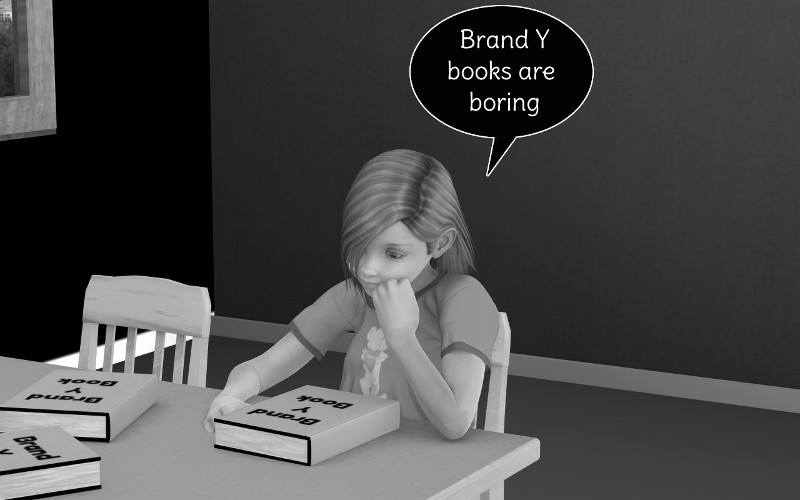
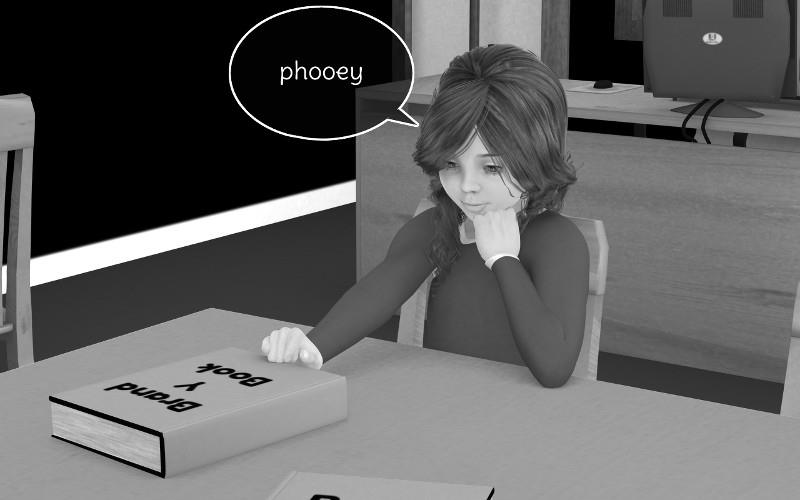
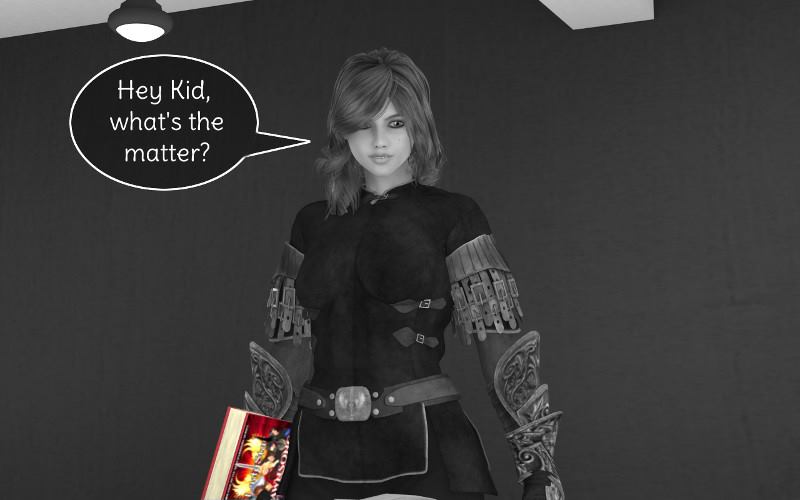
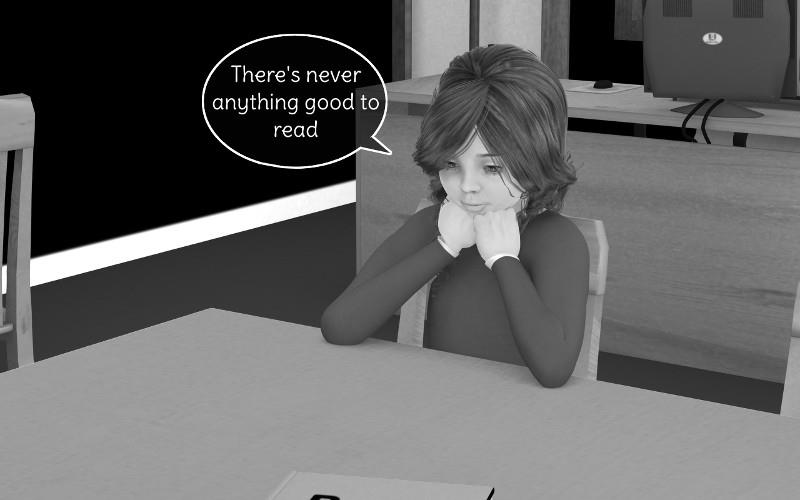
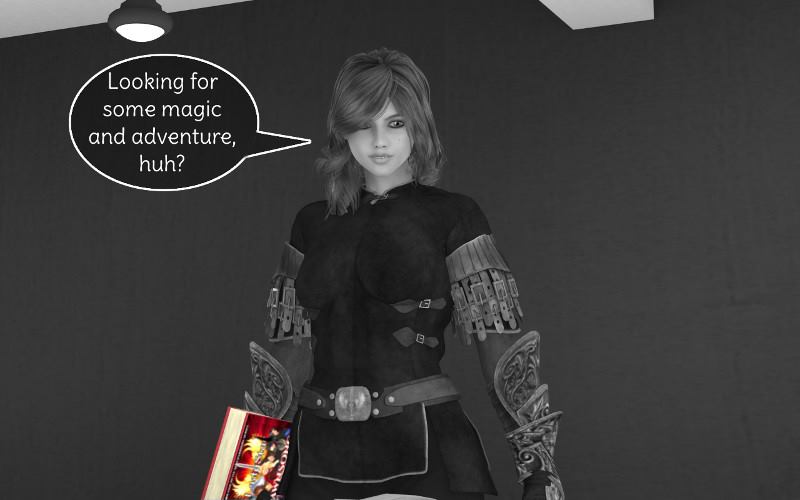
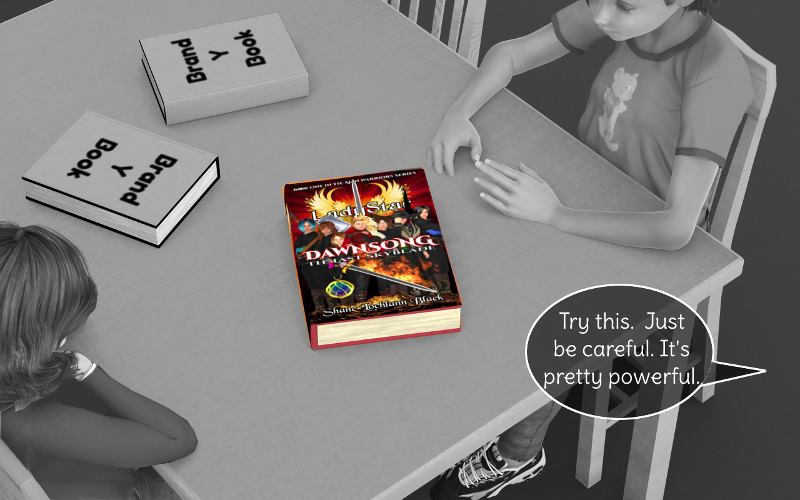
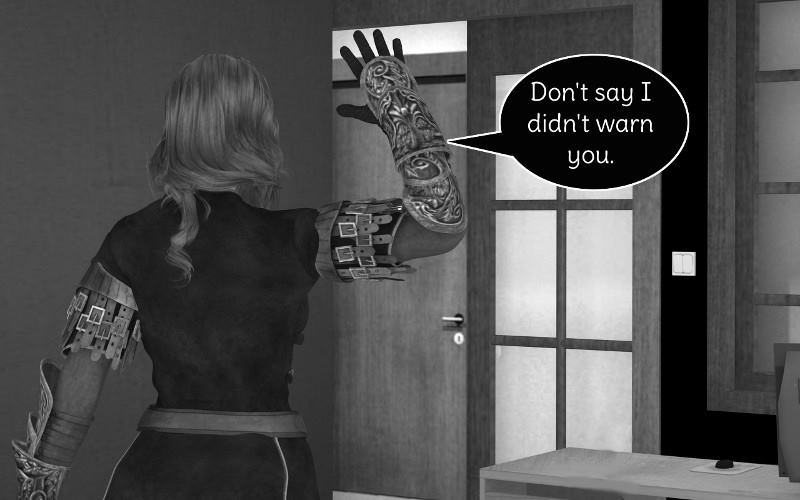
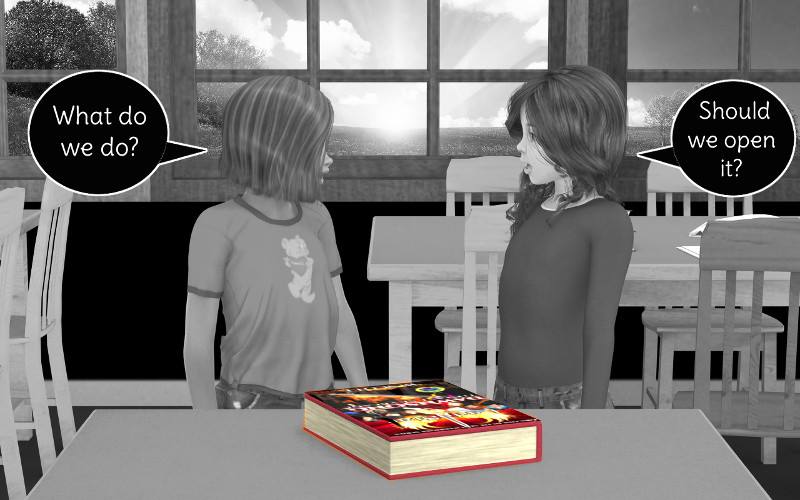
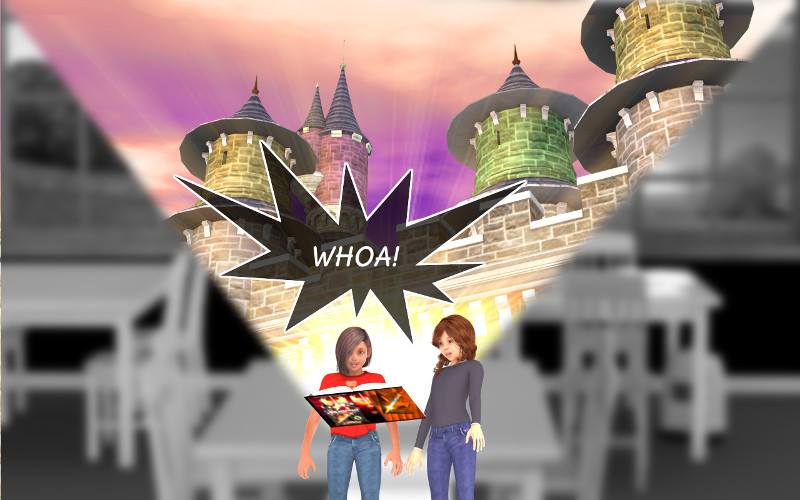
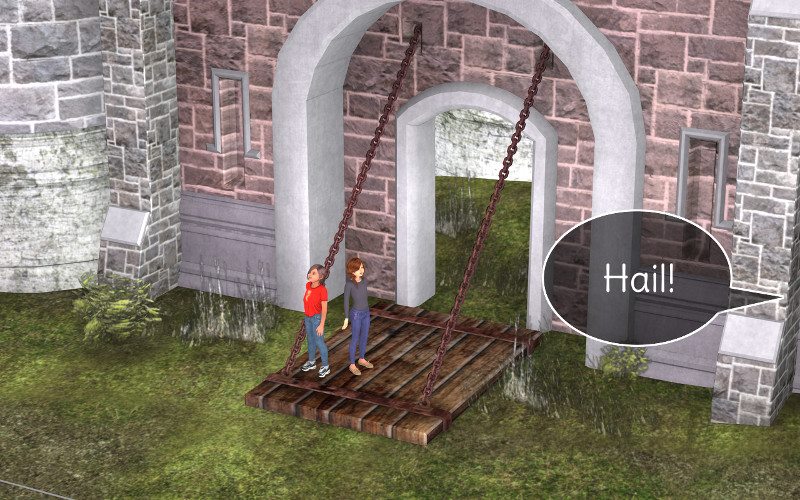
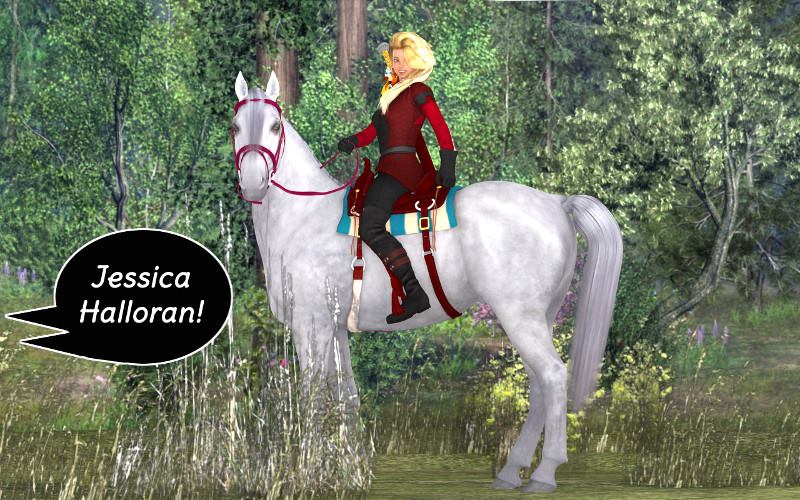
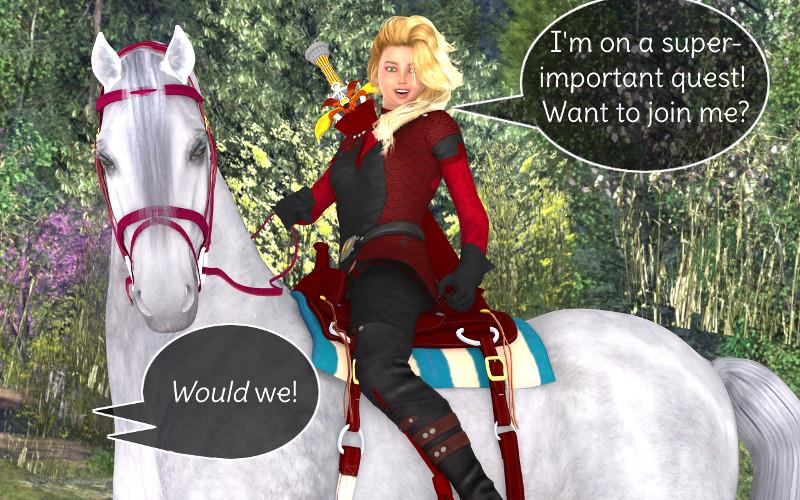
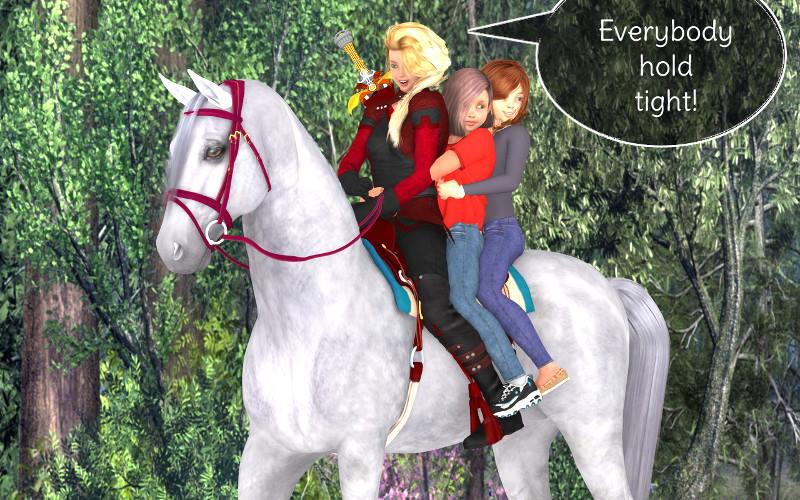
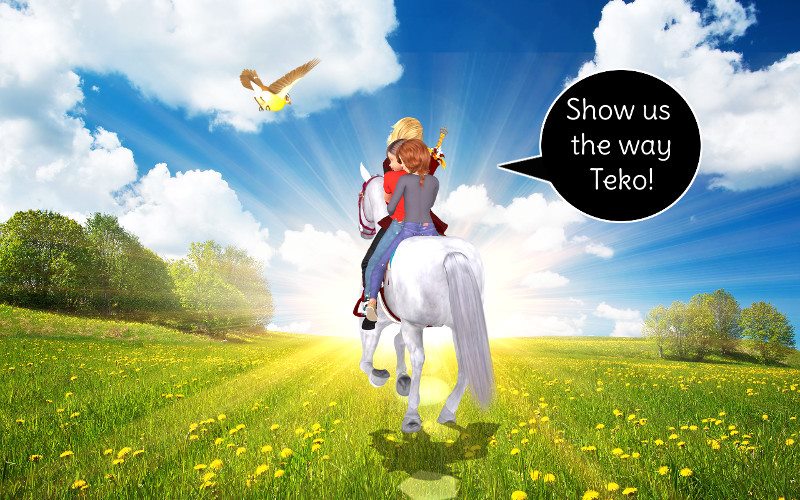
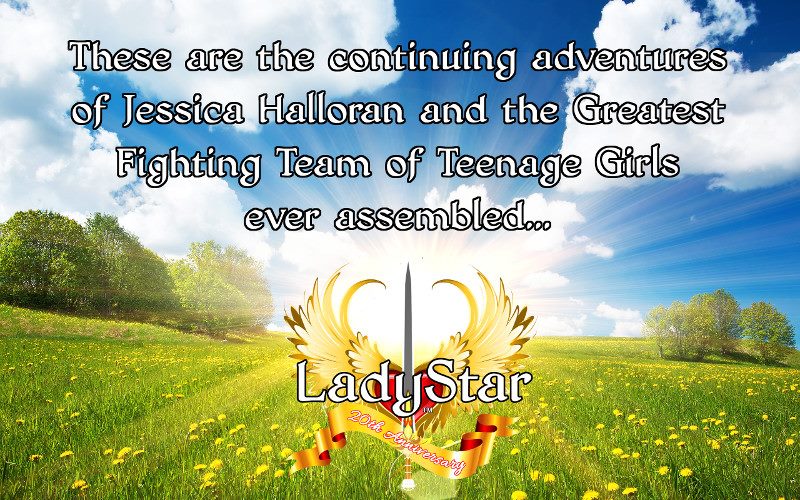
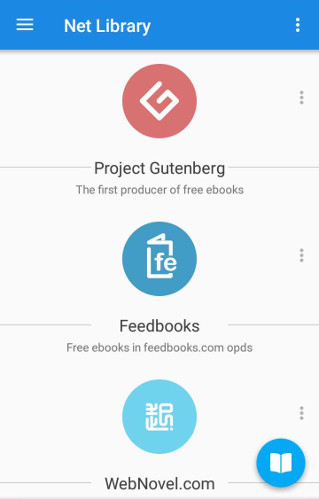 So there you are. You’ve just sold your first book from your very own bookstore. Your customer has a download link. And then everything comes to a screeching halt.
So there you are. You’ve just sold your first book from your very own bookstore. Your customer has a download link. And then everything comes to a screeching halt.